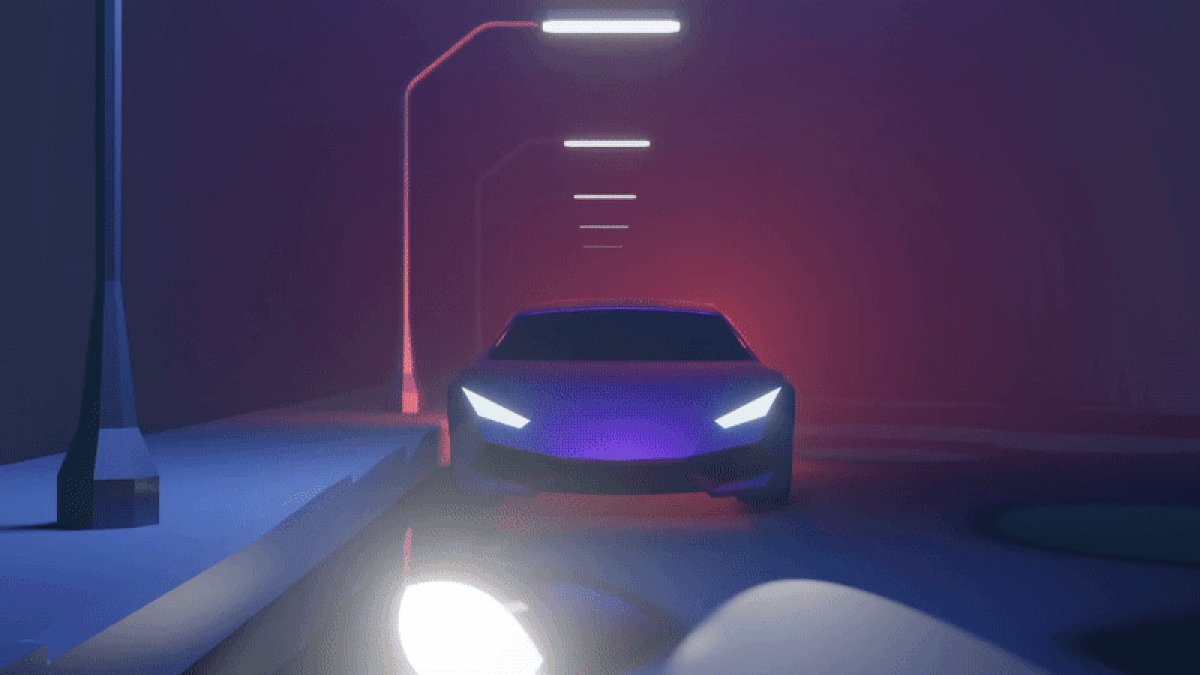Engineers at Cornell University created a new lithium battery that can charge in the record time of less than five minutes and maintains its performance over long cycles.
The breakthrough could ease “range anxiety” among drivers who fear electric vehicles won’t be able to travel long distances without time-consuming recharging, according to the authors.
“Range anxiety is a greater barrier to electrification in transportation than any of the other barriers, such as cost and battery capacity, and we have identified a path to eliminate it using rational electrode designs,” he said in a statement. statement Lynden Archer, professor of engineering and dean of Cornell’s College of Engineering, who oversaw the project.
“If you can charge an electric vehicle battery in five minutes, I mean, my God, you don’t need to have one.” battery that is large enough for a range of 300 miles (500 kilometers). “You can settle for less, which could reduce the cost of electric vehicles and allow for broader adoption,” adds Archer, whose work is published in Joule magazine.
Lithium-ion batteries are among the most popular means of powering electric vehicles and smartphones. The batteries are light, reliable and relatively energy efficient. However, they take hours to charge and lack the ability to withstand large current spikes.
Researchers identified indium as an exceptionally promising material for fast-charging batteries. Indium is a soft metal, mainly used to make indium tin oxide coatings for touch screens and solar panels.
The new study shows that indium has two crucial characteristics as an anode of battery: an extremely low migration energy barrier, which sets the rate at which ions diffuse into the solid state; and a modest exchange current density, which is related to the rate at which ions are reduced at the anode. The combination of those qualities (fast diffusion and slow surface reaction kinetics) is essential for fast charging and long-term storage.
“The key innovation is that we have discovered a design principle that allows the metal ions in the anode of a battery to move freely, find the correct configuration and only then participate in the charge storage reaction,” Archer said.
That technology, combined with wireless induction charging on roads, would reduce the size (and cost) of batteries, making electric transportation a more viable option for drivers. However, that doesn’t mean indium anodes are perfect, or even practical.
Source: EUROPA PRESS


